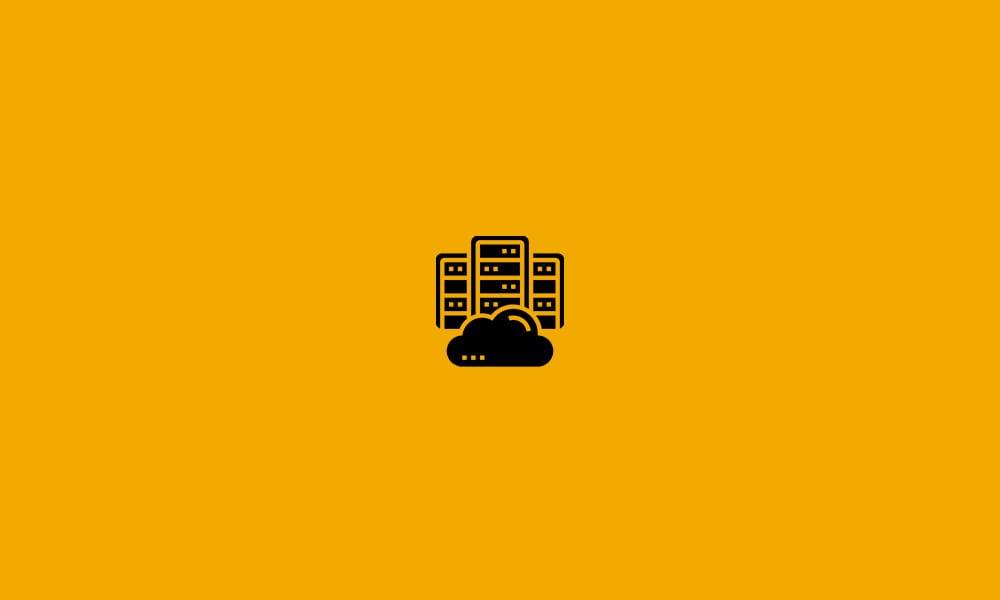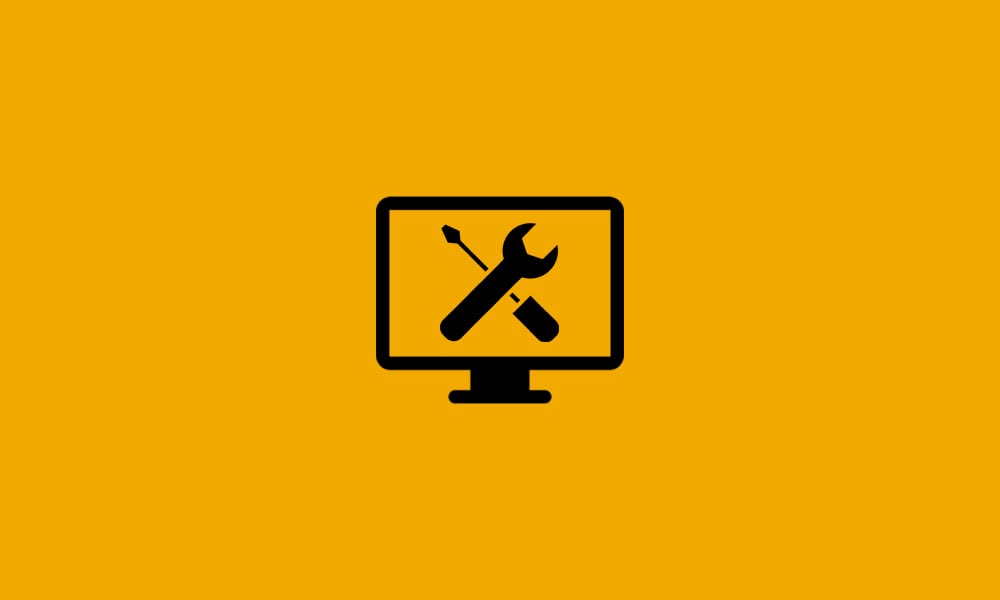January Maintenance Week 2022

Throughout the week of January 10th 2021, we will be performing maintenance on DataYard’s infrastructure and customer servers. This will include performing updates to all managed server infrastructure, including tasks that require reboots/shutdowns/service interruptions. Maintenance will begin at 12:00AM EST and will be completed by 8:00AM EST throughout various days this week. Making IT Better! […]
December Maintenance Week 2021

Throughout the week of December 13th 2021, we will be performing maintenance on DataYard’s infrastructure and customer servers. This will include performing updates to all managed server infrastructure, including tasks that require reboots/shutdowns/service interruptions. Maintenance will begin at 12:00AM EST and will be completed by 8:00AM EST throughout various days this week. Making IT Better! […]
Understanding What VPNs are and Why You (Probably) Need One

If you are reading this, you’ve likely at least heard of the term “VPN”. It’s possible you’ve even used a VPN without fully understanding what it is. Today, we’re going to not only explain what a VPN is, but also why they can be very beneficial in today’s cloud-based world. VPN stands for “virtual private […]
What to Look for in Colocation

With a growing need for flexibility, scalability, complexity, and power, more and more businesses are keeping their server systems off-site. While cloud servers work great for a number of businesses, some companies need (or just want) to utilize their own equipment. Colocation is still very much alive in the 2020s, offering a best of both worlds approach to hosting. Businesses […]
Work-Life Balance with BYOD

BYOD (bring your own device) offers a number of benefits. Employees choose the device they use, employers save on device costs, remote working is simplified, the list goes on. It’s not without its concerns, however. In addition to security risks, one of the primary red flags with BYOD is the blurring of work life and personal life. With the rise of smartphones, powerful portable computers, […]
Importance of IT in Quarantine Remote Work

With the outbreak of the COVID-19 virus and the implementation of quarantine and social distancing measures, most office workers are finding themselves operating from home. While many modern offices have some degree of work from home policies in place, the idea of everyone working from home day after day is a much different situation. Everyone is having to rapidly adjust. Working […]
Outsourcing CTO Responsibilities

For small and even medium sized businesses, it can be difficult to figure out which positions you need in your company and which ones you don’t. This is especially true when it comes to executive positions. On one hand, team leadership is vital for maintaining structure, managing departments, and growing in a healthy manner. On […]
Why SD-WAN Matters for Businesses in 2020

SD-WAN stands for “software-defined wide area network”. Whereas a traditional WAN typically operates at the point of contact, an SD-Wan is able to create a virtual architecture within the network, proving intelligent control. SD-WAN is designed for today’s network activity, bringing more customization, faster speeds, tighter security/privacy, and more.
How do I configure my Android phone to work with Connect mail?
Follow the guide below to set up POP/IMAP email on an Android device. Step 1: Go to “Apps“. Step 2: Go to “Email”. Step 3: Click on the “Menu” button. Step 4: Go to “Settings“. Step 5: Click on “+ Add An Account“. (You may have to select Add New Account again depending on you phone app) Step 6: Enter your full […]
Hack Your Own IOT Thing
On November 18th, 2015, DataYard participated in the 9th Annual Taste of IT put on by Dayton’s Technology First at Sinclair’s Ponitz Center. It was a great show — well attended, and lots of energy. Many thanks to the organizers, Ann Gallaher and Michelle Marek, as well as the many volunteers and speakers who helped put on a wonderful technology […]
